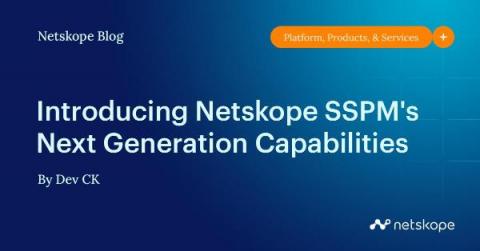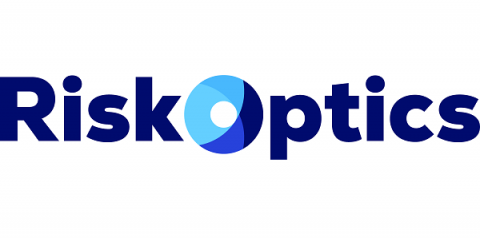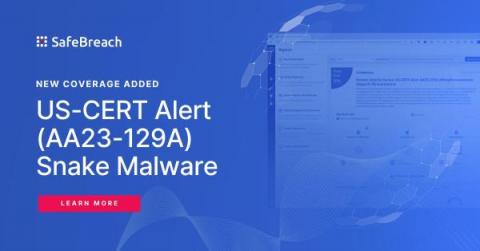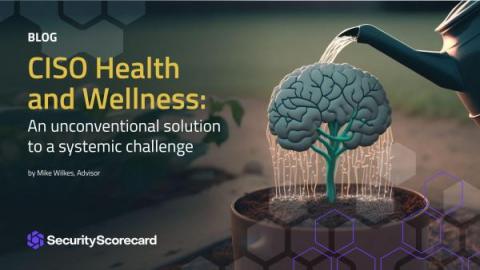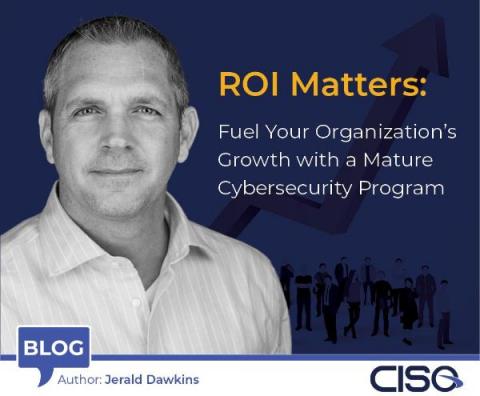Security | Threat Detection | Cyberattacks | DevSecOps | Compliance
Latest News
Introducing Netskope SSPM's Next Generation Capabilities
The market for Software-as-a-Service (SaaS) applications, or apps, was valued at $186B in 2022, and expected to grow to $700B by 2030, a CAGR of 18%. As organizations adopt more SaaS apps for business-critical operations, they expose sensitive data across an ever larger and more diversified variety of egress points in the cloud. And as attackers tend to follow the data, they are targeting SaaS apps like never before.
How-To Guide: Securing Graylog with TLS
OneNote documents have emerged as a new malware infection vector
In February 2022, Microsoft disabled VBA macros on documents due to their frequent use as a malware distribution method. This move prompted malware authors to seek out new ways to distribute their payloads, resulting in an increase in the use of other infection vectors, such as password-encrypted zip files and ISO files.
Building a Kubernetes purple teaming lab
ATO Attacks: What You Should Know About Protection and Prevention
How You Can Save Time During a SOC 2 Audit
POV: an important prospect requires all of their partners to get a SOC 2 audit. You’ve just met with your auditing firm and you’ve been tasked with evidence collection, which sounds like tracking down a lot of people and documents. No one can tell you when the RFP knowledge base was last updated. The sales team is asking how long it will take, and can it go faster? You sit back and wonder the same thing: is it possible, and if so, how?
SafeBreach Coverage for US-CERT Alert (AA23-129A) - Snake Malware
The Cybersecurity and Infrastructure Security Agency (CISA) shared the findings of an investigation by numerous cybersecurity agencies worldwide on May 9th, exposing the malicious cyberespionage operations carried out by the Russian FSB utilizing the “Snake” malware. The US-CERT Alert (AA23-129A) Hunting Russian Intelligence “Snake” Malware provided information about this investigation and takedown (along with attacker TTPs and IOCs).
CISO Health and Wellness: An Unconventional Solution to a Systemic Challenge
At a swanky steak house on Manhattan’s Upper West Side, I sat with 100 other security professionals in a dimly lit wood-panelled room, its walls lined with photographs of famous and near-famous patrons. Nearly all of us were at least one cocktail into our evening of high gustation, storytelling, and network building. (Old Fashioneds were the drink of choice that evening).
ROI Matters: Fuel Your Organization's Growth with a Mature Cybersecurity Program
Being a cybersecurity practitioner 15-20 years ago sometimes made me the unpopular guy in the room. People are always excited about financial gain – opening new lines of business, developing creative and sustainable revenue streams – you know, the fun stuff. But nobody wanted to talk about cybersecurity-related financial losses at that time – especially not potential losses due to risks that very few people understood yet.



